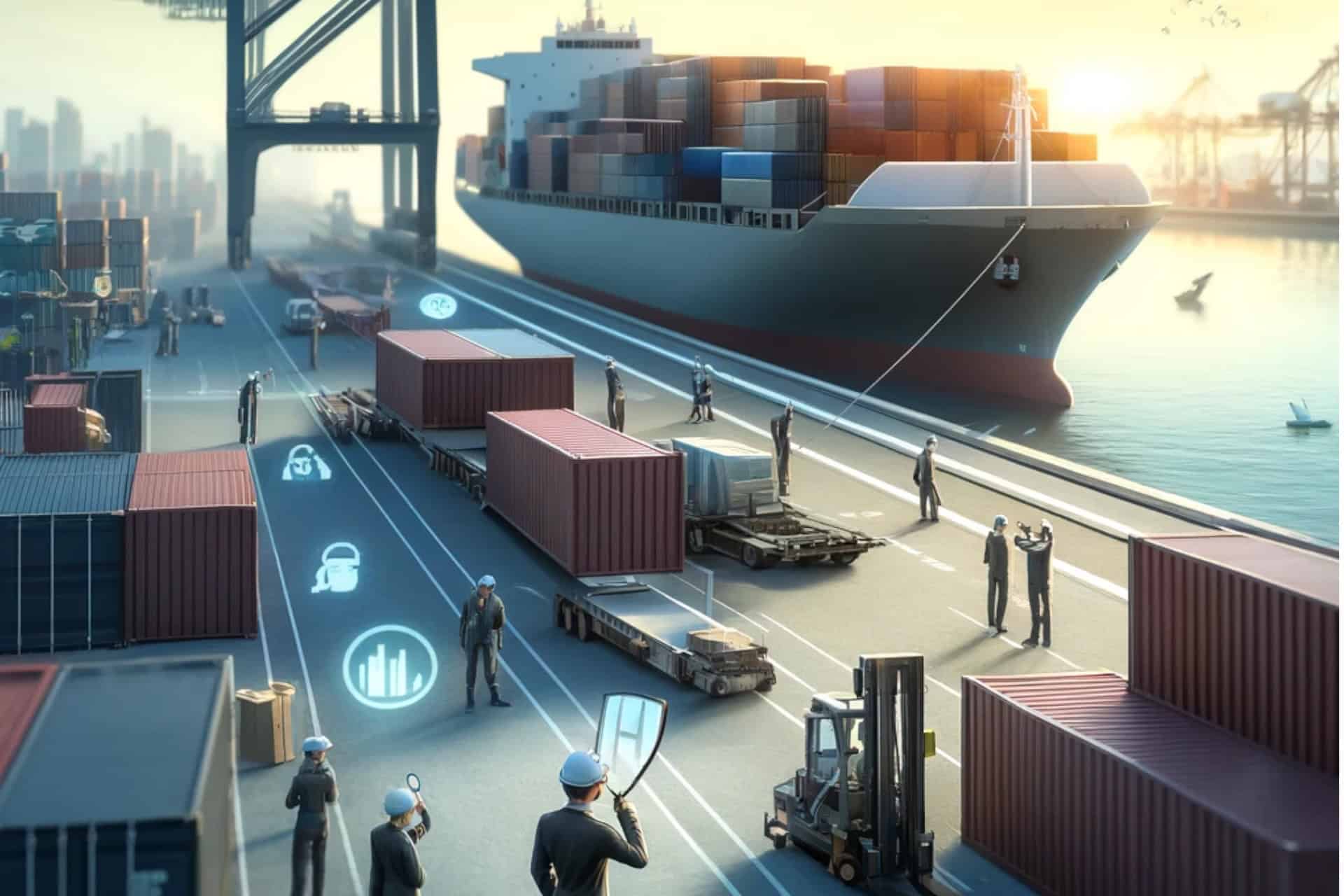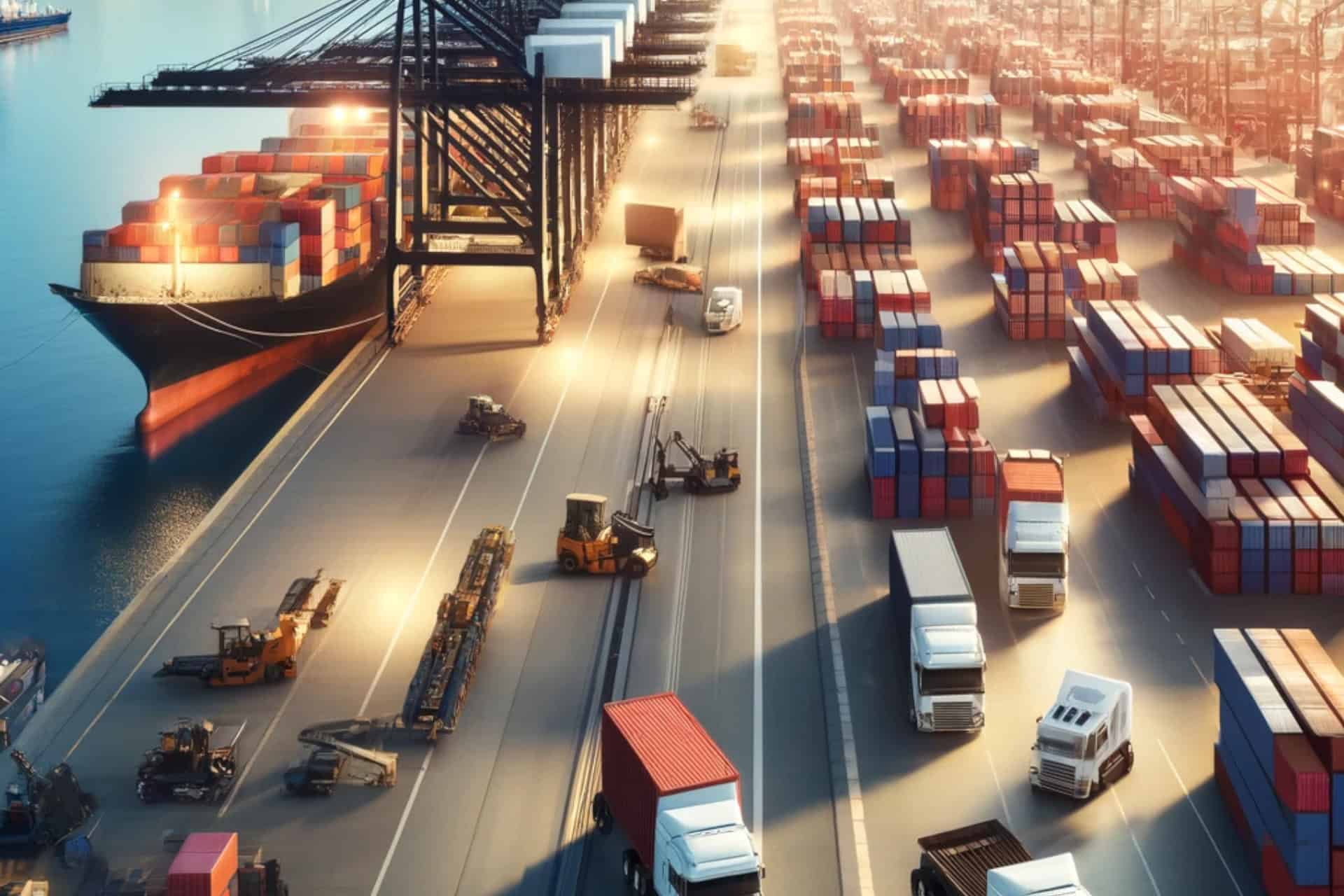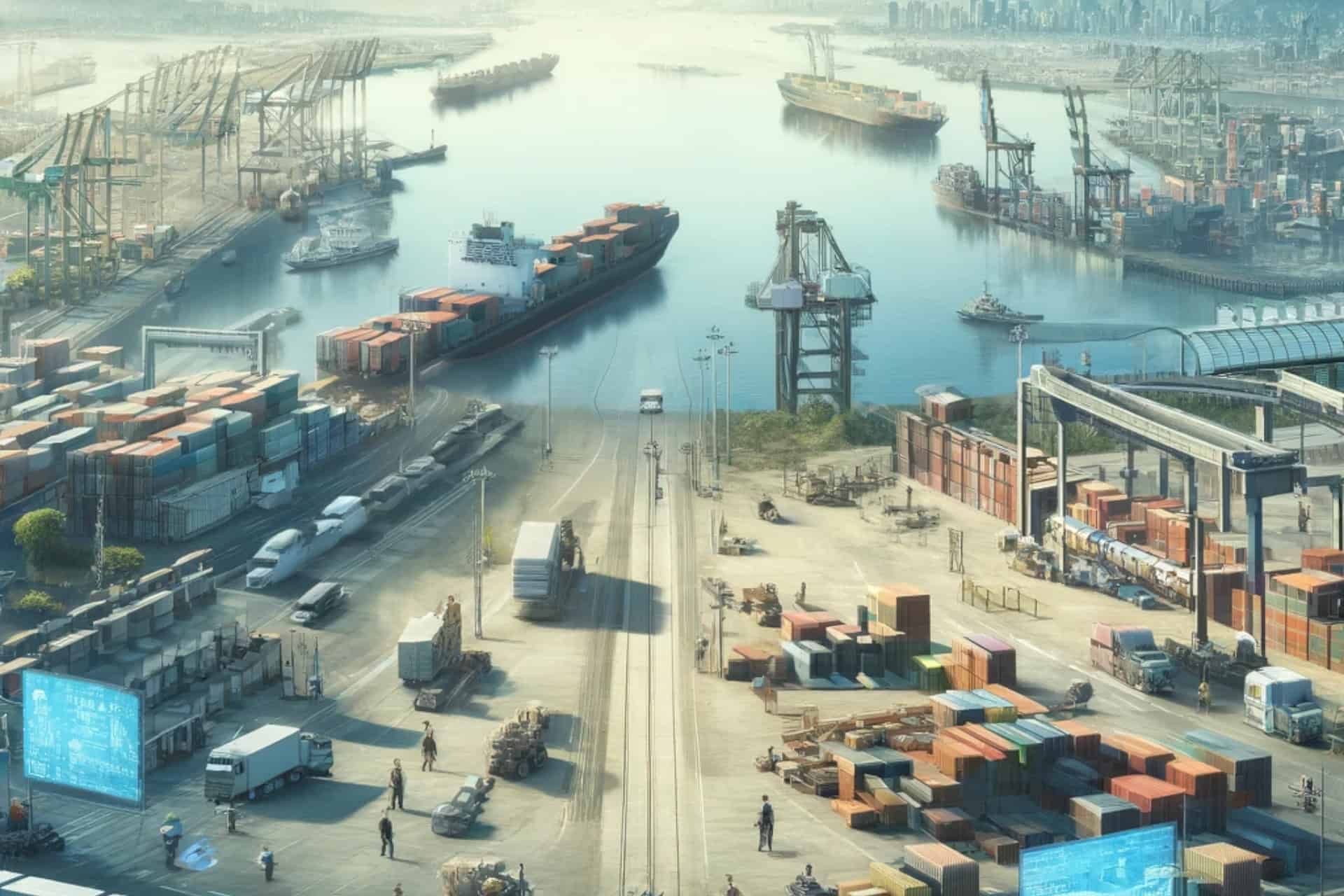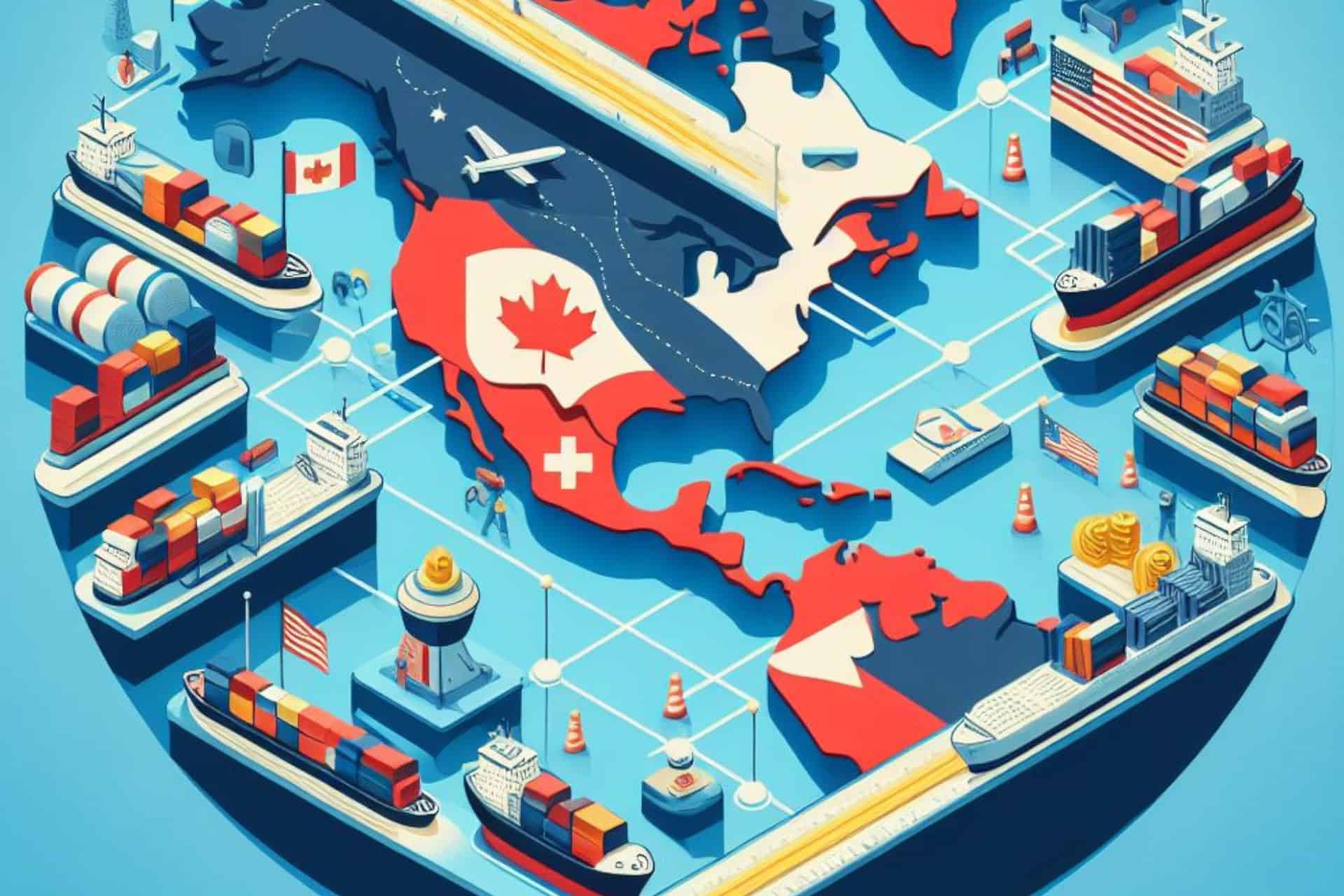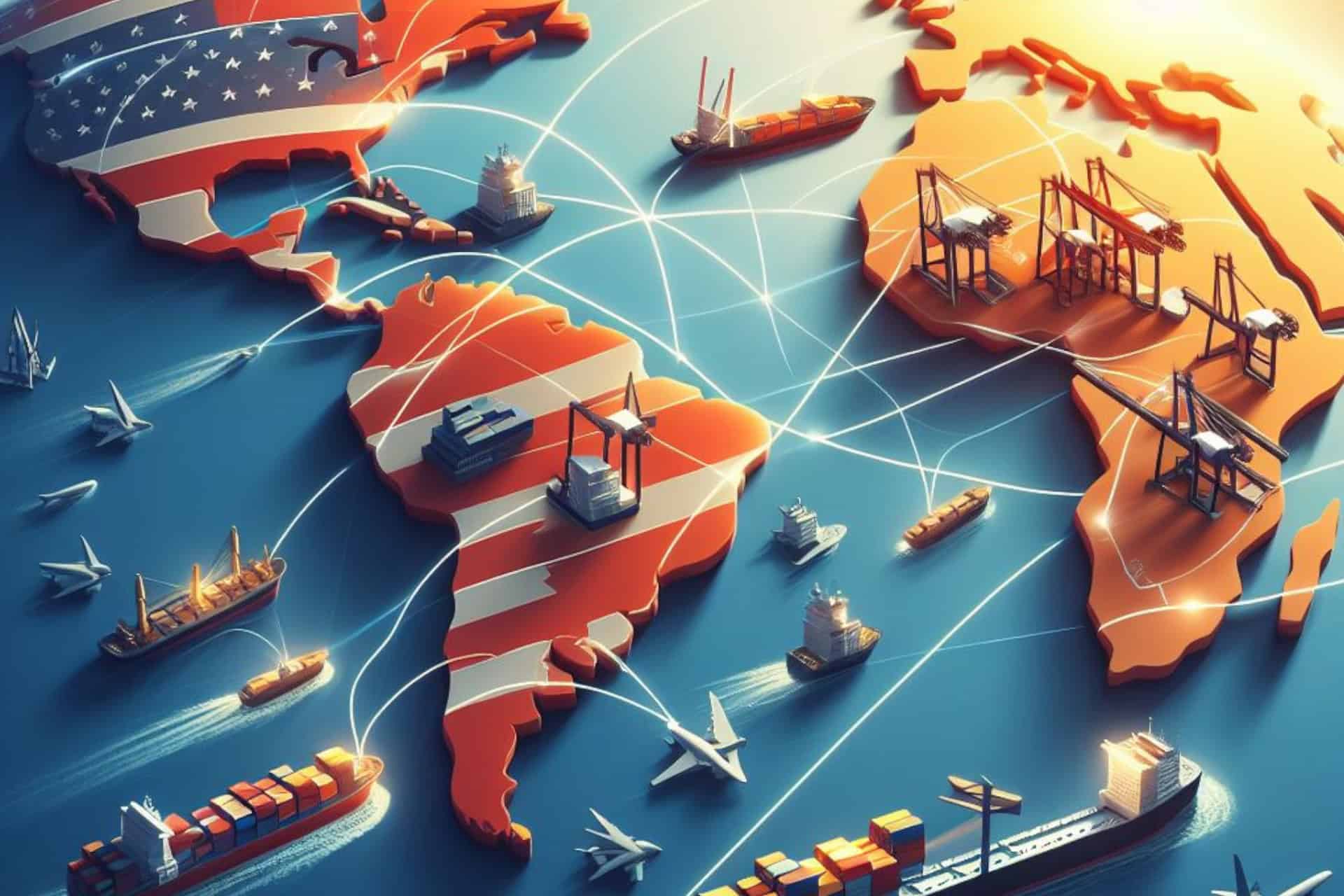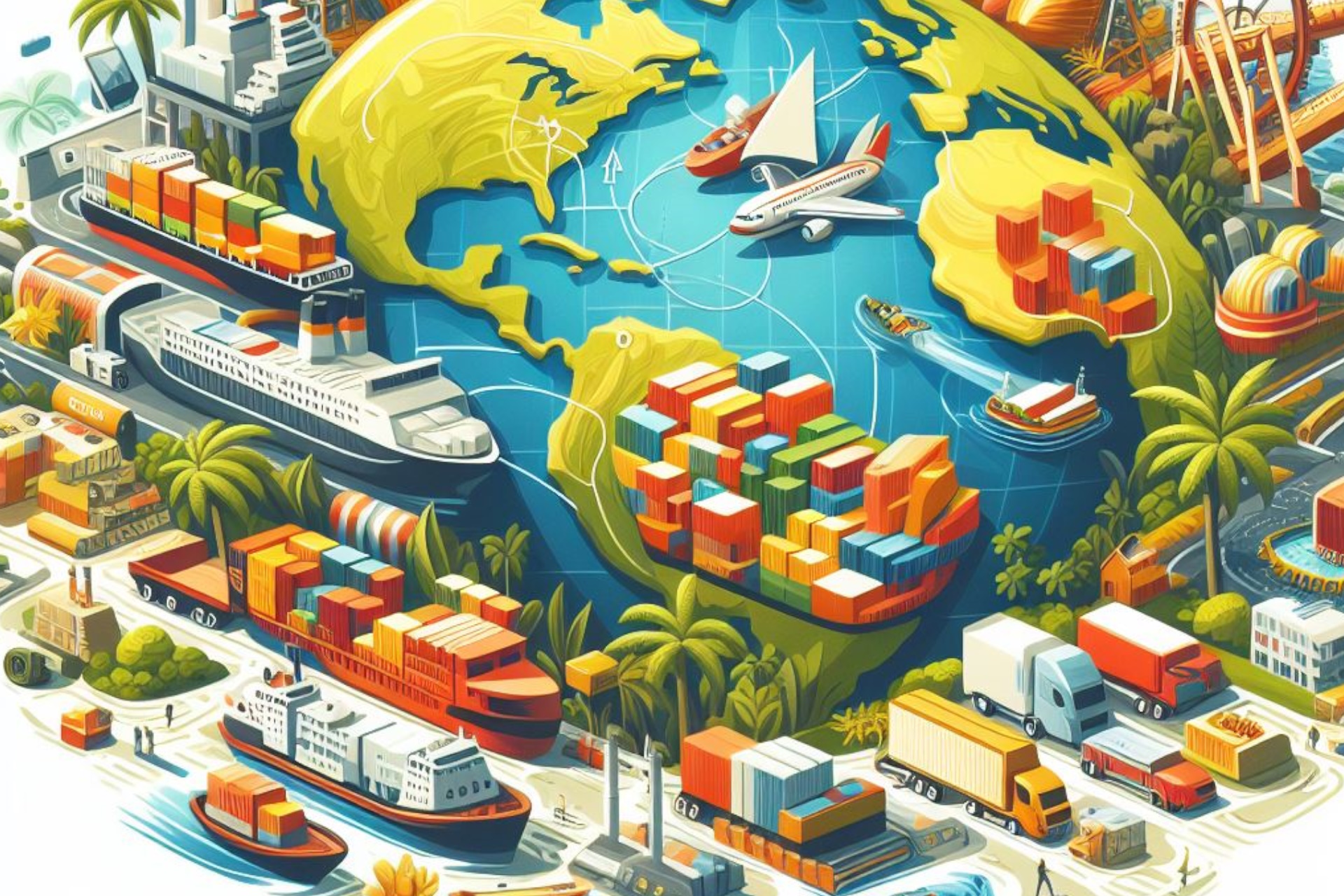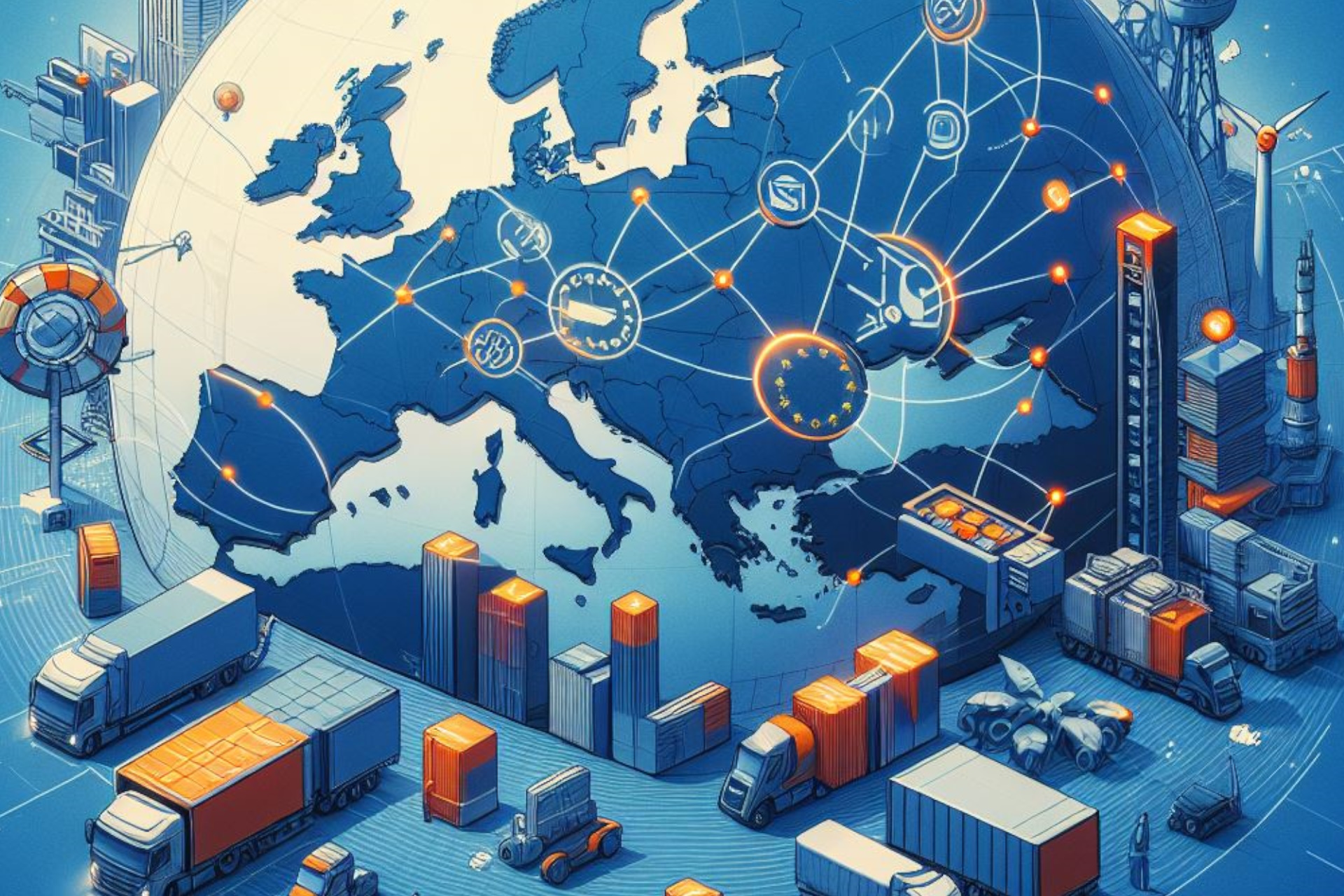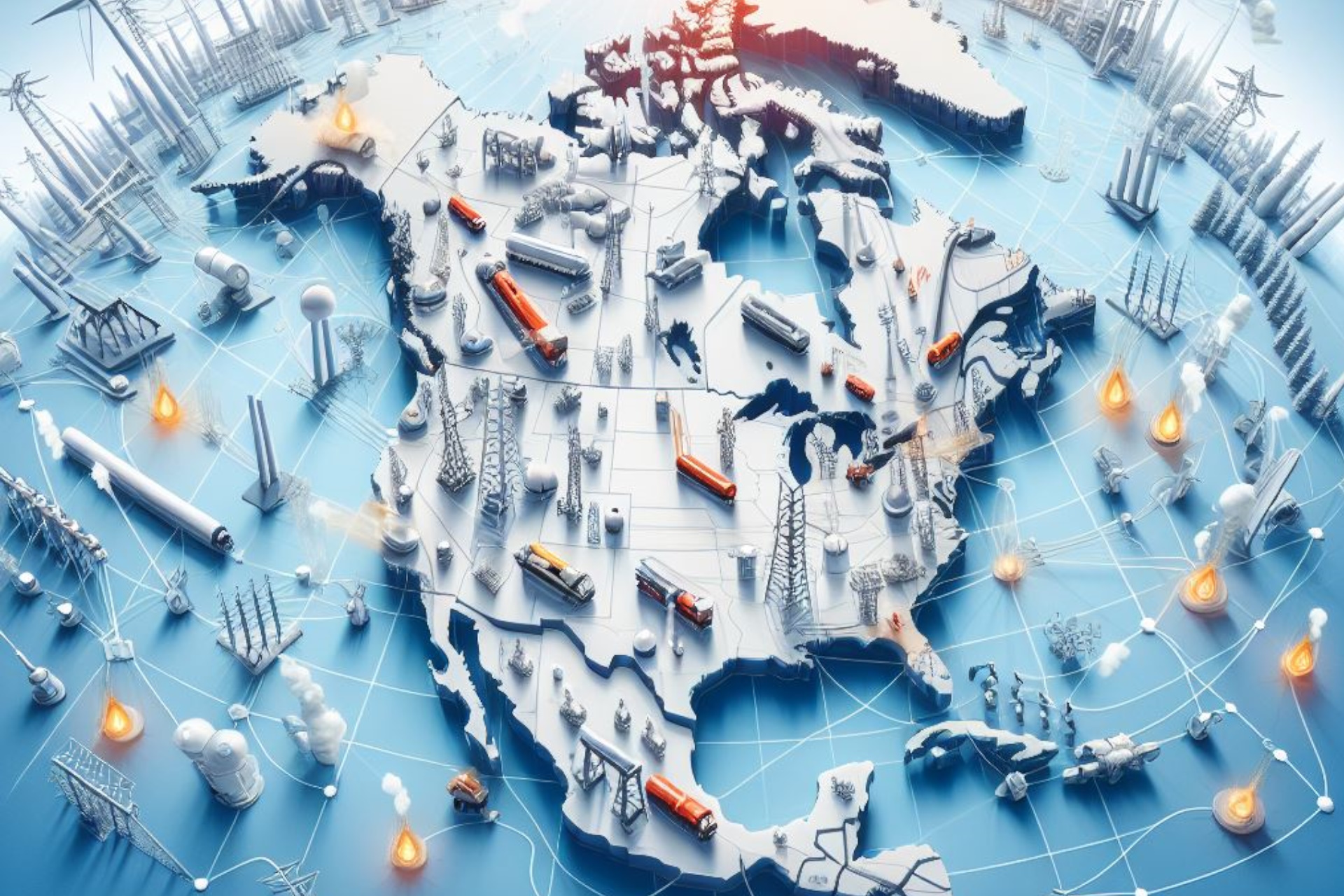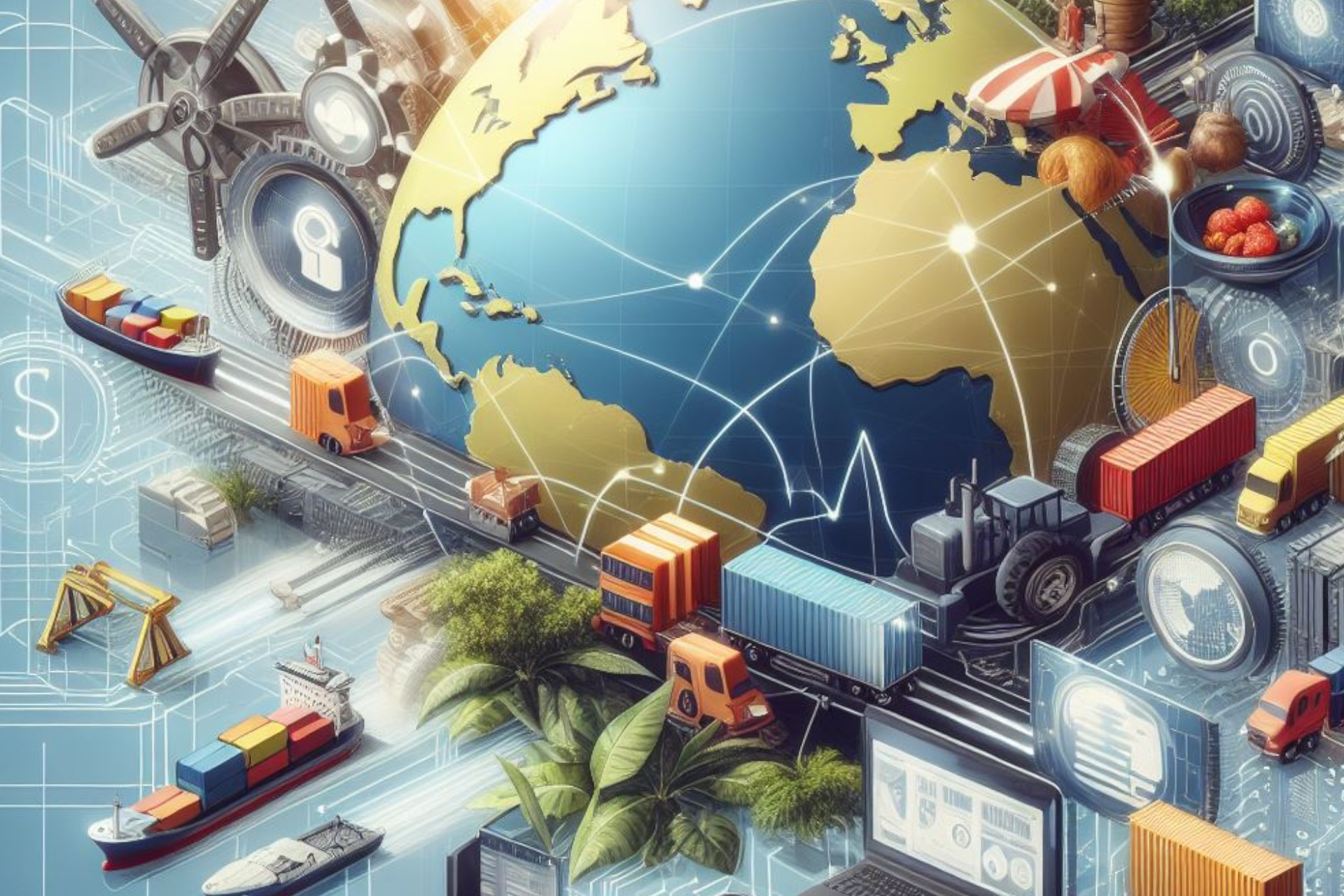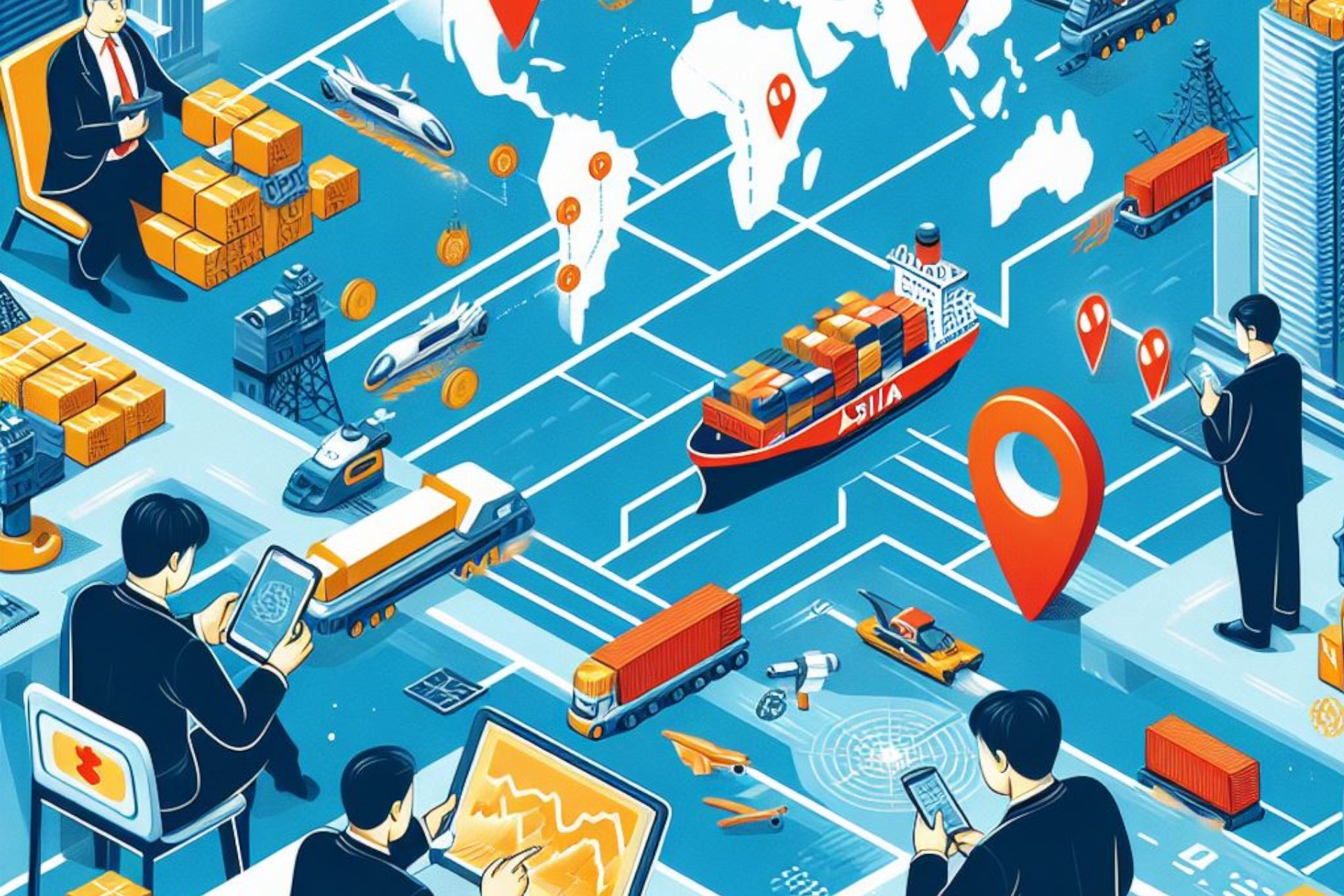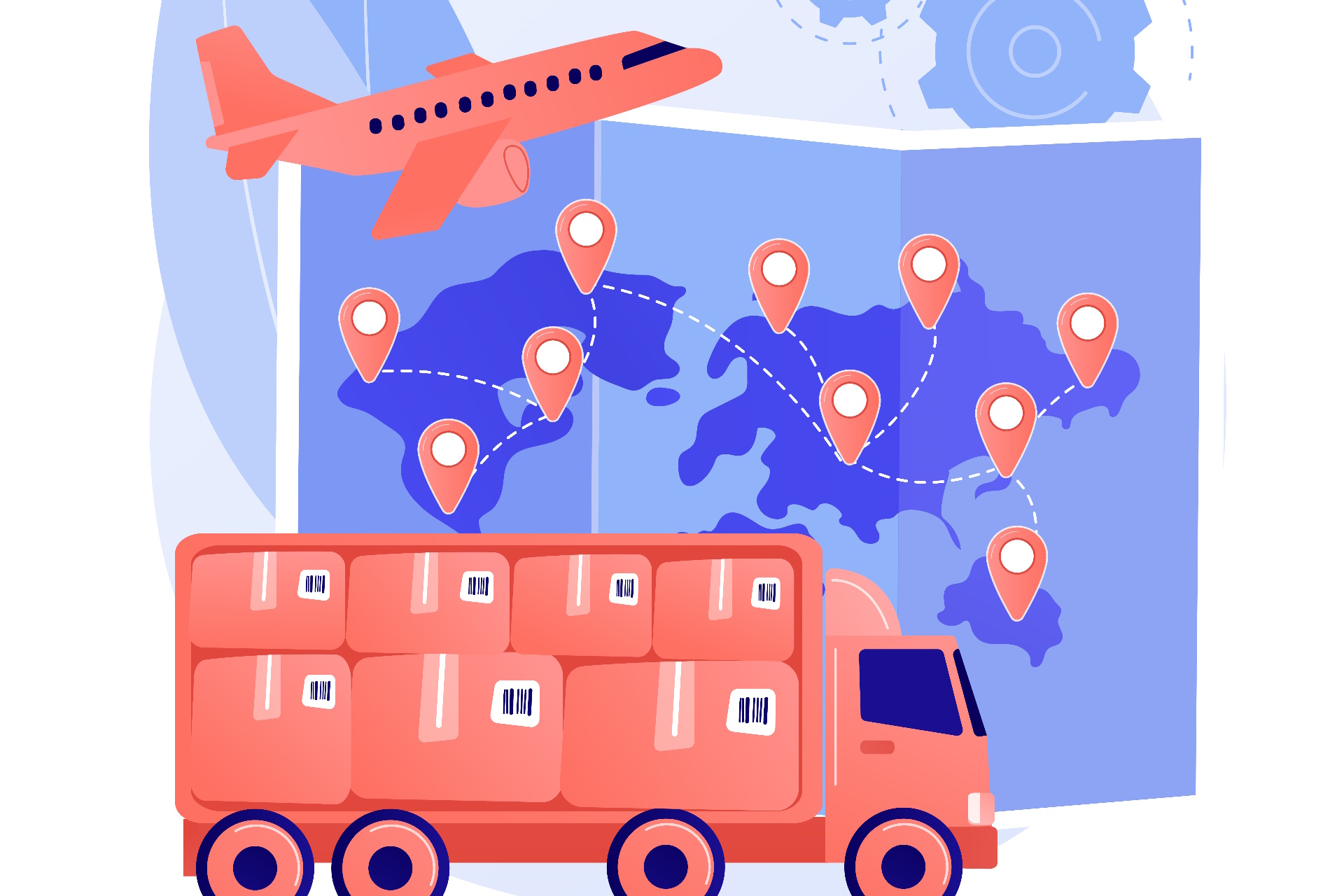In an era where global trade forms the backbone of economic prosperity, Asia stands at the forefront, championing cross-border trade connectivity like never before. With its rich tapestry of cultures, diverse economies, and strategic geographic positioning, Asia has emerged as a beacon of innovation and collaboration, fostering an environment conducive to seamless trade interactions across borders.
The dynamism of Asia's leadership in promoting cross-border trade connectivity is evident through various initiatives and strategies aimed at facilitating smoother trade flows within the region and beyond. One such initiative is the Belt and Road Initiative (BRI), spearheaded by China, which seeks to enhance infrastructure development and connectivity among Asia, Europe, and Africa. Through the construction of roads, railways, ports, and other critical infrastructure projects, the BRI is bridging gaps and creating new pathways for trade, thus bolstering economic cooperation and integration on a global scale.
Moreover, regional economic blocs like the Association of Southeast Asian Nations (ASEAN) have played a pivotal role in fostering closer economic ties and facilitating trade among member states. The ASEAN Economic Community (AEC) promotes the free flow of goods, services, investment, and skilled labor within the region, thereby reducing barriers to trade and enhancing market access for businesses across Asia.
Asia's commitment to cross-border trade connectivity is further exemplified by the rapid advancements in digital technology and e-commerce platforms. With the proliferation of smartphones and internet penetration, digital trade has become increasingly prevalent, allowing businesses of all sizes to engage in international trade with greater ease and efficiency. Countries like Singapore and South Korea have emerged as leaders in digital trade facilitation, leveraging technology to streamline customs procedures, facilitate online payments, and enhance logistical efficiency.
Furthermore, Asia's leadership in promoting cross-border trade connectivity extends beyond infrastructure and technology to encompass regulatory reforms and trade agreements aimed at reducing trade barriers and harmonizing trade rules. Initiatives such as the Regional Comprehensive Economic Partnership (RCEP) bring together 15 Asia-Pacific economies, creating the world's largest free trade bloc and fostering greater economic integration among member countries.
As Asia continues to assert its leadership in promoting cross-border trade connectivity, it is imperative for stakeholders across the region to collaborate and leverage each other's strengths to address common challenges and seize new opportunities. By fostering an environment of openness, inclusivity, and innovation, Asia can pave the way for a more interconnected and prosperous future, where the benefits of trade are shared by all.
#AsiaTrade #CrossBorderConnectivity #BeltandRoad #ASEAN #DigitalTrade #RCEP #EconomicIntegration #TradeFacilitation #Innovation #GlobalCommerce
Read more views

